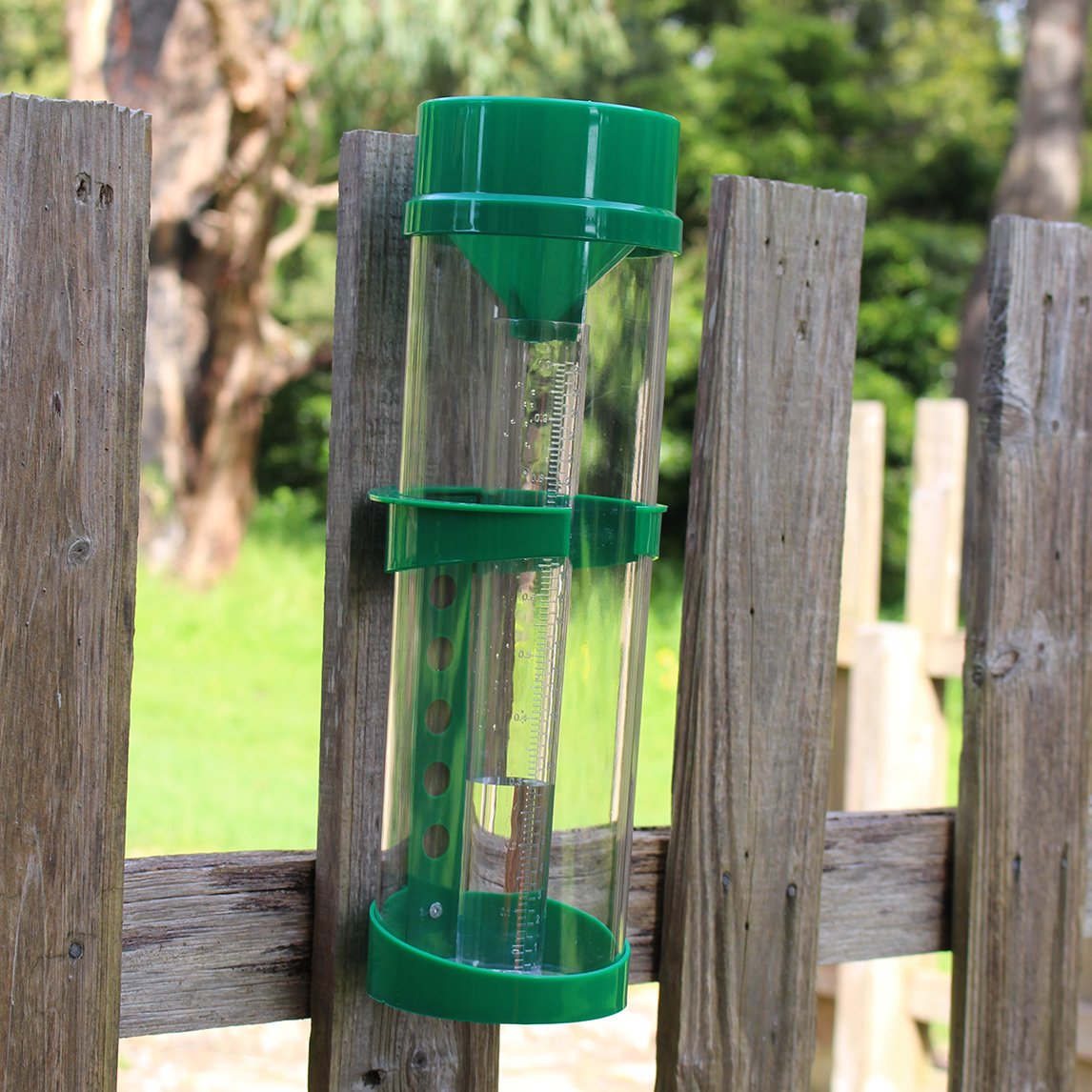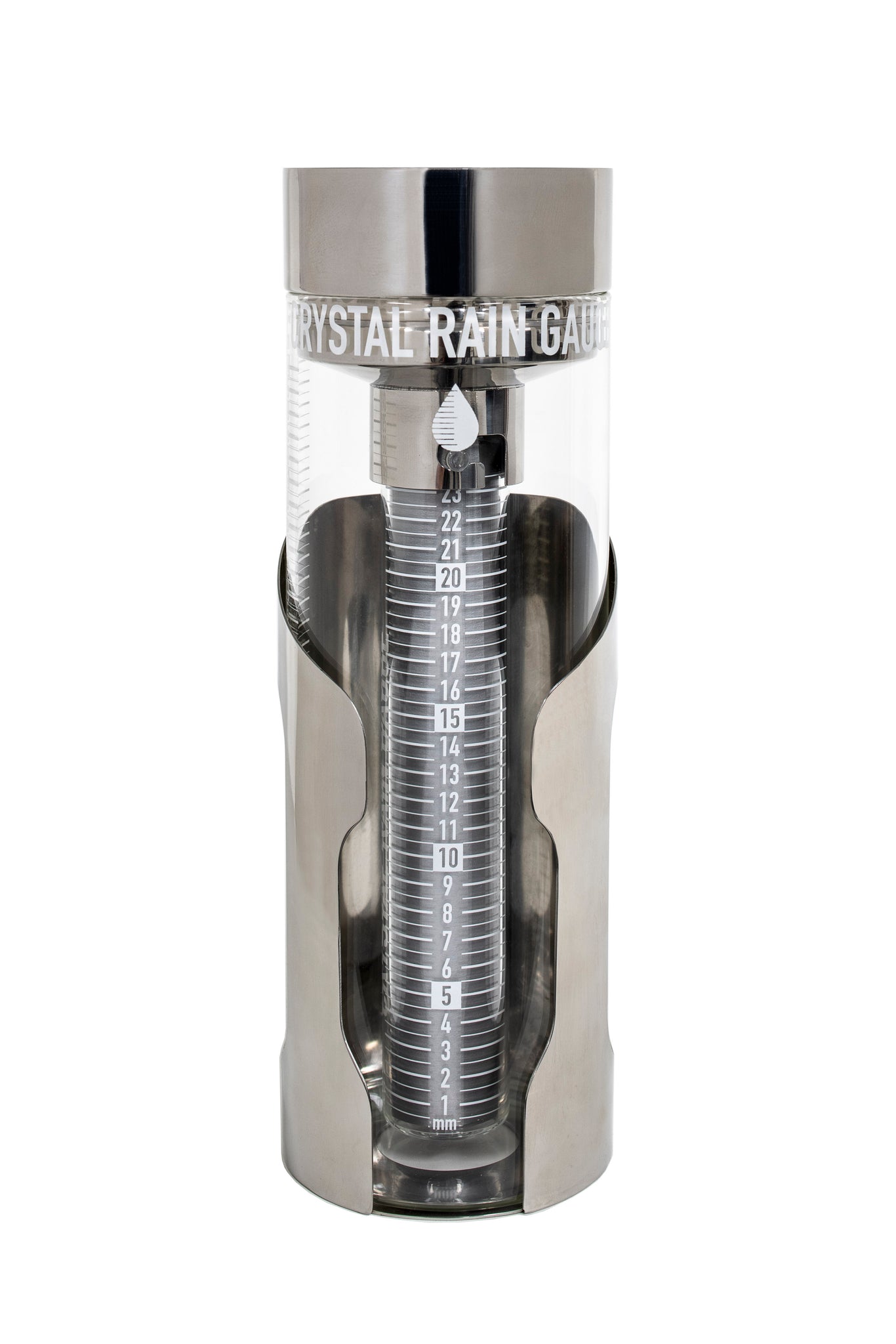The Advantages of Setting Up an Accuracy Rain Gauge for Your Weather Station
The Advantages of Setting Up an Accuracy Rain Gauge for Your Weather Station
Blog Article
Introducing the Scientific Research Behind Rainfall Determines: Just How These Tools Play an Important Role in Climate Research and Ecological Surveillance
Rainfall determines, apparently basic devices, hold an extensive value in the world of climate study and ecological surveillance. As we peel back the layers of this clinical veil surrounding rain evaluates, we discover a globe where precision, data precision, and meticulous monitoring converge to unveil a deeper understanding of our altering climate and its impact on the world.
Relevance of Rain Gauges
Rain assesses play an essential function in tracking and determining rainfall levels, giving vital information for environment research and evaluation. These devices are essential in measuring the amount of rains that takes place in a specific location over a particular period. By accumulating and measuring rain, rain gauges deal valuable understandings into the circulation and intensity of rainfall, aiding meteorologists, hydrologists, and climatologists in recognizing weather condition patterns and trends.
Among the key reasons rain assesses are critical is their capacity to supply local and exact information. Unlike satellite or radar-based measurements, which offer wider monitorings, rain determines offer exact information particular to the area where they are placed. This local information is essential for different applications, consisting of flooding forecasting, drought surveillance, and water resource administration. In addition, long-term data gathered from rainfall determines helps in assessing climate modification effects and patterns, adding considerably to clinical study and decision-making processes. Fundamentally, rainfall determines act as necessary devices in the field of weather forecasting and environmental science, playing a crucial role ahead of time our understanding of weather condition and climate characteristics.
Sorts Of Rain Scales

Performance and Procedure
In the world of environment research study and atmospheric research studies, the efficiency of rain gauges lies in their detailed functionality and precise functional systems. Rain gauges are made to properly determine the amount of rainfall that drops over a certain area throughout a collection period. These tools typically are composed of a funnel that collects rain and channels it right into a determining tube. The measuring tube is noted with calibrated measurements that permit the exact quantification of rainfall.
The functionality of rain determines is based on the concept of collecting and gauging rain in a standardized way. This collected data is critical for comprehending neighborhood weather patterns, tracking lasting environment trends, and evaluating environmental impacts. To guarantee precise dimensions, rain evaluates demand go now to be tactically put in open areas away from blockages such as buildings or trees that might interfere with the collection over at this website procedure.
The operational aspect of rain assesses entails regular maintenance to avoid particles buildup, calibration checks to maintain measurement precision, and data recording for analysis (rain gauge). On the whole, the capability and operation of rainfall gauges are essential for gathering reliable rainfall information important to environment research study and ecological tracking
Function in Environment Study
Offered the crucial value of accurate precipitation dimensions in understanding weather condition patterns and ecological influences, the function of rainfall gauges in climate study is crucial. Rainfall determines provide crucial information for climate research by quantifying the amount of rainfall that tips over a details location during a given duration. This data is important for checking lasting patterns in precipitation patterns, assessing the influence of environment modification on rainfall circulation, and enhancing climate versions.

Climate researchers use data accumulated from rain determines to examine variations in rainfall degrees, determine local climate trends, and examine the effectiveness of water source management approaches. By comparing historic precipitation information with current dimensions, scientists can find shifts in rainfall patterns, such as changes in the regularity or intensity of rainfall occasions. This information is essential for understanding how climate adjustment is influencing precipitation characteristics and can aid policymakers make informed choices concerning adjustment and reduction strategies.
Applications in Environmental Surveillance

In flood projecting, rainfall gauge data aids to track rainfall strength and circulation, enabling authorities to provide timely cautions and take needed procedures to reduce flood threats (rain gauge). Drought monitoring relies upon rainfall gauge data to analyze wetness levels in the dirt and track rainfall deficits, assisting in the recognition of drought-prone areas and the execution of drought feedback approaches
Moreover, rain gauge information plays a crucial duty in water resource administration by offering information on water accessibility and use fads. This information is used to make informed decisions regarding water allotment, preservation site web procedures, and sustainable water source planning. Furthermore, in farming, rain scale data helps farmers in optimizing watering timetables, crop option, and general ranch management techniques based on regional rainfall patterns. In general, rainfall gauges are crucial tools in ecological surveillance, providing important insights that add to informed decision-making and sustainable resource administration.
Conclusion
In conclusion, rain gauges are important devices for determining rainfall, supplying valuable information for climate research study and environmental surveillance. With different types and functionalities, rain evaluates play a vital duty in comprehending precipitation patterns and their effect on the environment. By accurately gauging rains, these gadgets add to the improvement of scientific knowledge and help in making educated choices associated to water resource monitoring and calamity preparedness.
Rain determines play an essential role in surveillance and determining precipitation degrees, supplying vital data for environment research study and analysis. The standard rainfall scale, known as the "tipping pail" gauge, is one of the most commonly used gadgets. Ultrasonic rainfall determines usage noise waves to detect the presence of rain, providing real-time data on rainfall levels.Environment researchers make use of data accumulated from rain determines to evaluate variants in precipitation degrees, identify local climate patterns, and evaluate the performance of water resource administration techniques.In verdict, rain assesses are necessary tools for determining rainfall, supplying valuable data for environment research study and environmental tracking.
Report this page